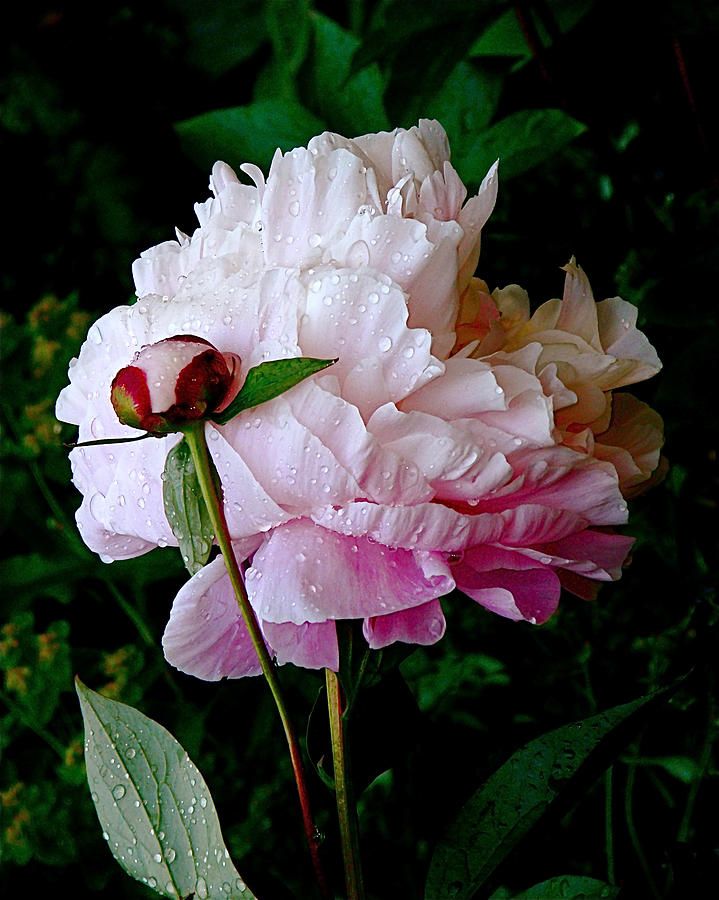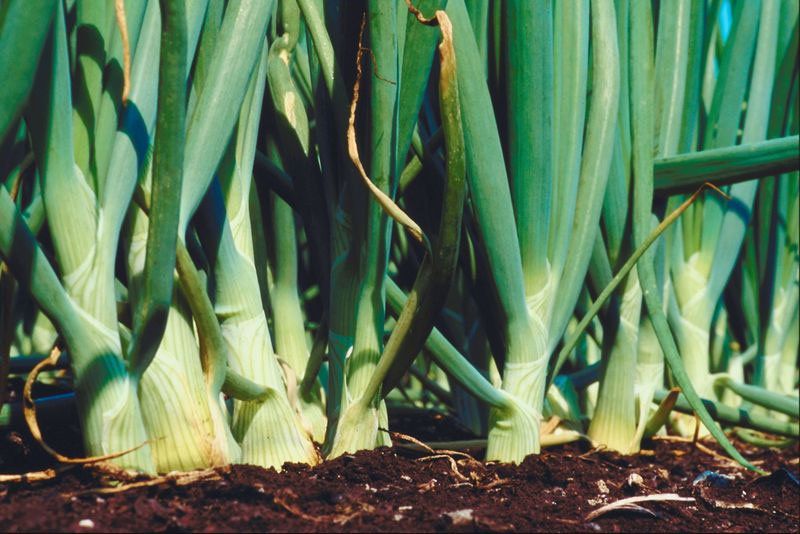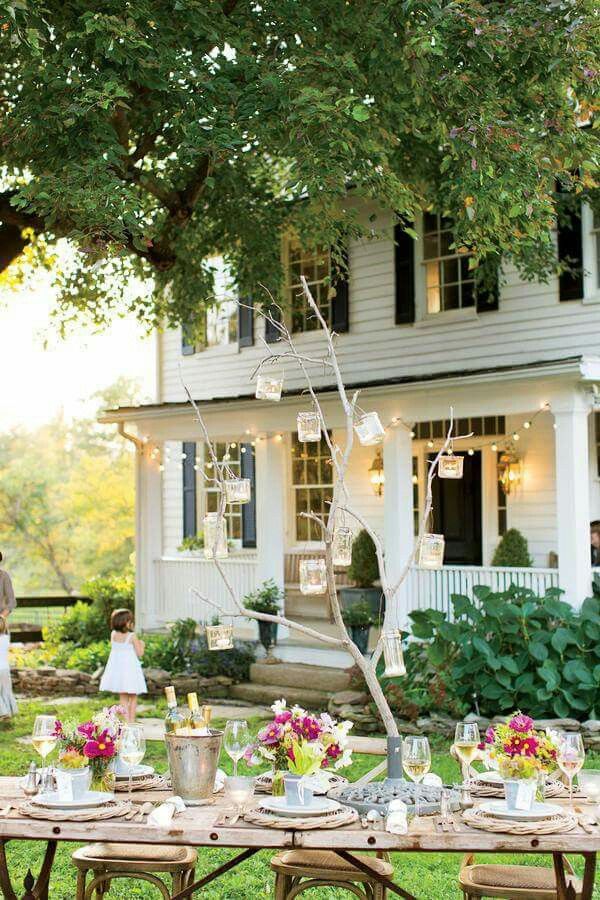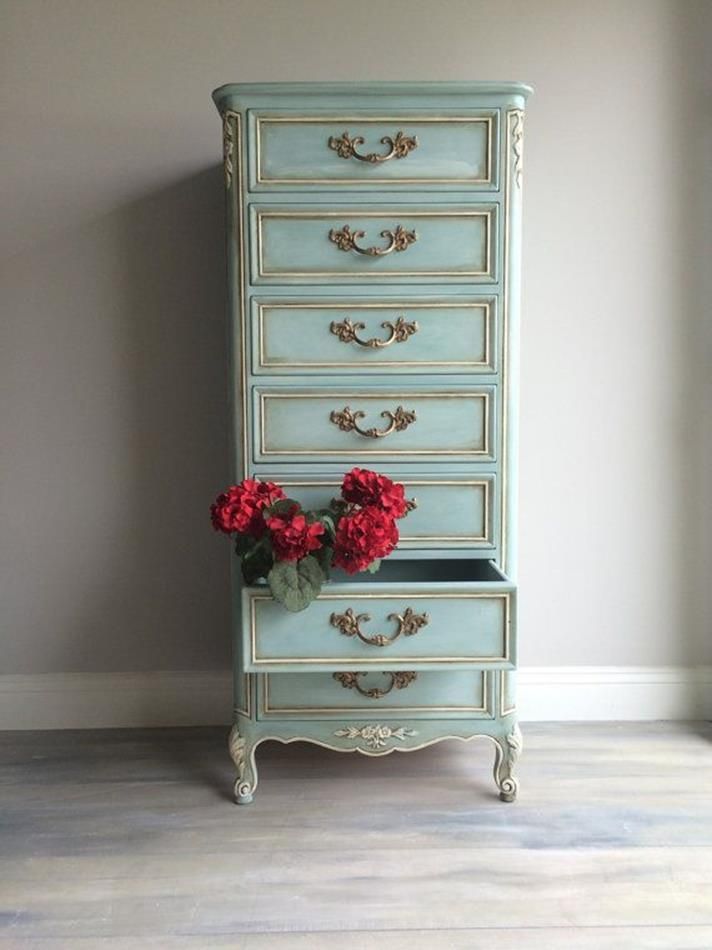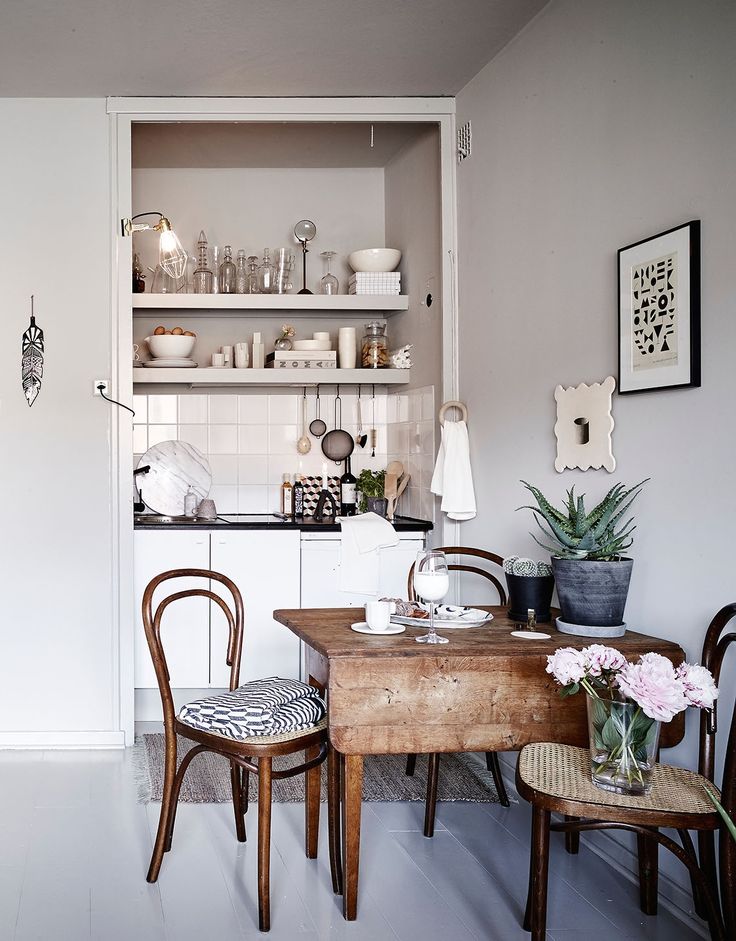Container gardening with herbs
The 7 best herbs for container gardening
There are many benefits to growing herbs in containers. For me, it’s all about access. I love having fresh herbs growing in pots just outside my kitchen door. That way, when I’m in the middle of making dinner and realize I forgot to harvest a handful of basil or parsley, it’s only a few steps away. As well, different herbs have different moisture needs and growing them in pots is an easy way to control soil moisture. Of course, growing herbs in containers will also keep aggressive spreaders, like mint and lemon balm, under control and away from garden beds. Here are seven of the best herbs for container gardening.
The 7 Best Herbs for Container Gardening:
Growing herbs in containers is a great way for beginners to learn how to grow some of their favorite kitchen herbs. If you’ve been dreaming of having your own herb garden on your patio or balcony, get ready to learn how to make that dream a reality! It’s true that many herbs like dill, chives, and cilantro can be grown in pots, but the 7 herbs below make fantastic low-care potted plants. You can buy kits for container herb gardening but I suggest selecting a pot or windowbox and buying healthy herb seedlings from your local garden centre.
1) Basil:
Basil is my go to herb in summer and my gardens are full of different varieties like Genovese, Nufar, Dolce Fresca, or Spicy Globe, but I also love growing basil on my sunny back deck. Basil is a warm weather annual herb and thrives when grown in pots and window-boxes. Many gardeners struggle to grow great basil, but give it well-drained soil and plenty of sunshine and it’s usually smooth sailing. Like most herbs, basil responds well to frequent harvesting, and will continue to push out fresh growth when trimmed back. There’s no doubt it’s one of the best herbs for container gardening. Also be sure to pinch off any flower buds that appear. Once basil begins to flower, the leaf flavor declines. For more advice on growing basil, check out this article.
Many herbs, like basil and thyme, make easy-to-grow container plants.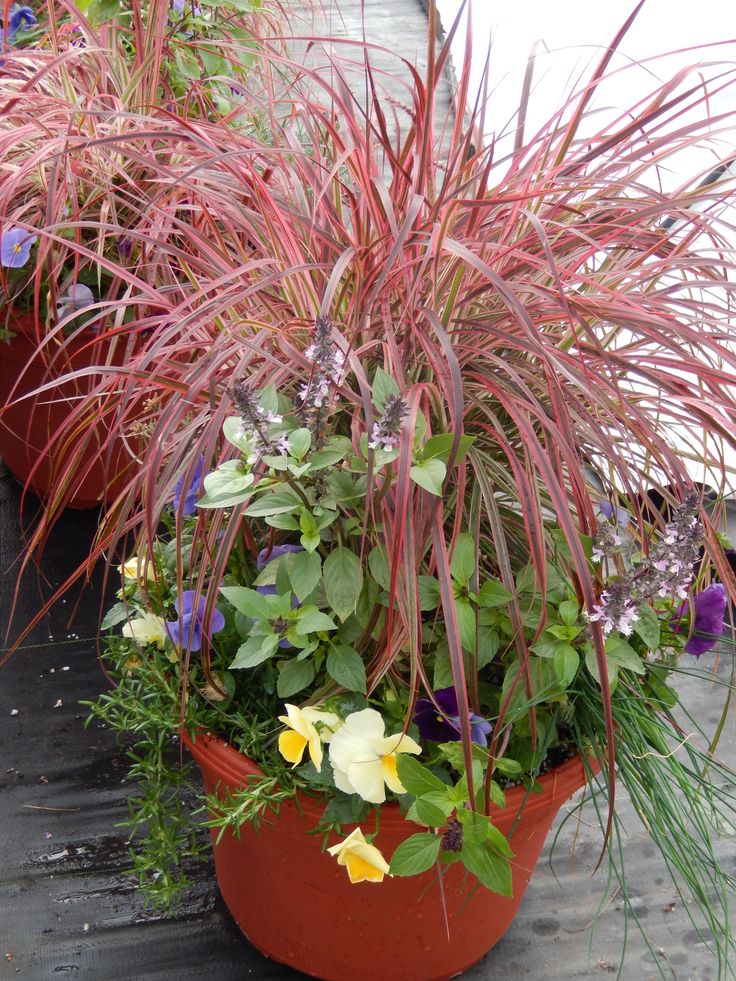
2) Greek Oregano:
Oregano is an enthusiastic grower in the garden and putting it in a pot is an easy and beautiful way to control its growth. The small leaves are packed with flavor, perfect for topping homemade pizza and bruschetta, as well as adding to vinaigrettes and marinades. Greek oregano offers the best flavor for culinary use, but my family also loves Syrian Oregano, a tender perennial, (zone 7) often called Zaatar, which has pretty silvery leaves.
3) Rosemary:
Rosemary is a woody shrub with aromatic, needle-like foliage that adds a welcome depth of flavor to roasted potatoes and chicken dishes. In my zone 5 garden, rosemary is an annual, but growing it in pots makes it easy to bring indoors to a sunny windowsill once the days start to cool down in mid-autumn. There are many cultivars of rosemary, with most growing upright, but a few do cascade down, making them perfect for the edges of pots and planters. I really like Gorizia, an upright cultivar with large leaves and Arp, which is a slightly more cold tolerant variety.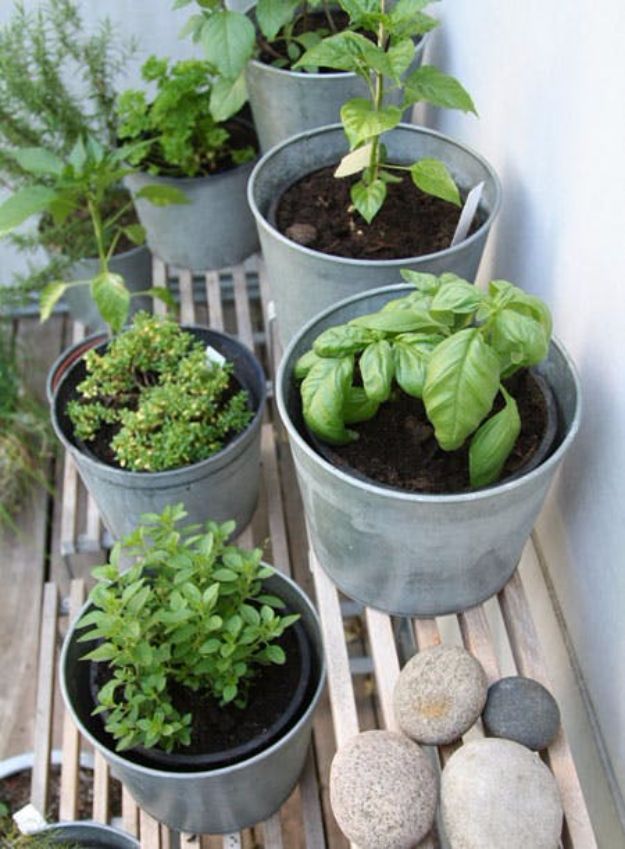 The quickest way to kill container-grown rosemary is by watering it too much; it needs consistent moisture, not wet feet.
The quickest way to kill container-grown rosemary is by watering it too much; it needs consistent moisture, not wet feet.
4) Thyme:
Thyme is one of the best herbs for container gardening; it’s low maintenance, drought-tolerant, and can take a bit of neglect. Plus, it looks fantastic when planted at the front of a container where the tiny leaves can mound over the edge of the pot. Give it full sun and don’t overwater; it’s drought-resistant and prefers its soil on the dry side. For culinary use, try English thyme or Lemon thyme, which has variegated yellow and green leaves and a bold lemon scent and flavor.
5) Mint:
If you’re looking for perennial herbs in pots, consider mint. I was first introduced to mint when I planted a few sprigs in my mothers perennial garden. It quickly took over and we’re still pulling it out – twenty years later! Sorry mom. Now, I grow mint in pots, where its aggressive growth can be contained. There are so many awesome types of mint; peppermint, chocolate mint, mojito mint, strawberry mint, and spearmint, for example, and I like to plant several different varieties of mint in a big pot. We add the leaves to summer drinks, fruit salad, and also dry plenty for winter tea. Mint appreciates ample moisture and rich soil. I use a two-thirds potting mix to one-third compost mixture in my mint containers.
Now, I grow mint in pots, where its aggressive growth can be contained. There are so many awesome types of mint; peppermint, chocolate mint, mojito mint, strawberry mint, and spearmint, for example, and I like to plant several different varieties of mint in a big pot. We add the leaves to summer drinks, fruit salad, and also dry plenty for winter tea. Mint appreciates ample moisture and rich soil. I use a two-thirds potting mix to one-third compost mixture in my mint containers.
6) Parsley
Basil may be my number one culinary herb, but parsley is a close second. I grow the two main types; curly and flat-leaved parsley, in both garden beds and containers, both of which are definitely on the list of the best herbs for container gardening. In fact, the unique leaf texture of curly parsley makes it a nice planting partner for ornamental plants like million bells, geraniums, petunias, and other summer bloomers. Parsley is very easy to grow and should be started from seeds sown indoors under a grow light. You can also buy seedlings from a local garden centre. It grows best with regular moisture and feeding. I incorporate a slow-release organic fertilizer at planting time to keep the plants happy from spring through late autumn. Parsley also appreciates full sun, but can take some light shading.
Parsley is very easy to grow and should be started from seeds sown indoors under a grow light. You can also buy seedlings from a local garden centre. It grows best with regular moisture and feeding. I incorporate a slow-release organic fertilizer at planting time to keep the plants happy from spring through late autumn. Parsley also appreciates full sun, but can take some light shading.
7) Lemon Balm
A mint cousin, lemon balm also shares the aggressive growth habit of mint, which can quickly take over small garden spaces. Because of this, I plant lemon balm in containers. It’s a hardy perennial in zone 5, even overwintering in pots. Give it the same soil mixture (potting soil-compost) as mint, and water often. It needs ample moisture for the best flavor. And what flavor! The glossy green leaves both smell and taste like lemons. It’s great in fruit salads, tea, lemonade, and marinades.
6 Tips for Growing Herbs in Containers:1) Pick the right containers.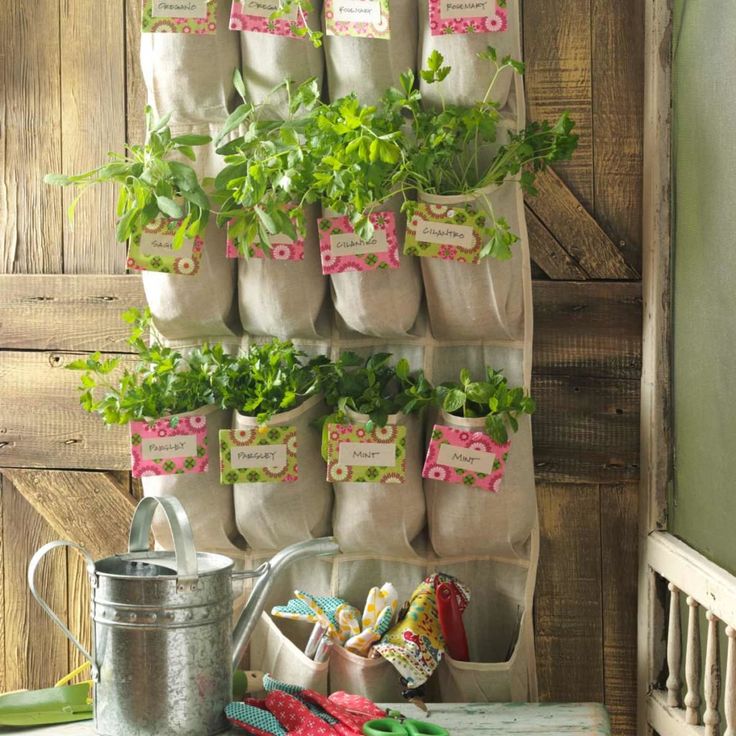 Whether you’re growing vegetables, flowers, or herbs in pots, you’ll find the greatest success when you use containers with adequate drainage. Most pots come with drainage holes, but they can easily be added to wooden or plastic pots. I also love Smart Pots, fabric planters that come in a wide range of sizes. Small pots can hold individual herb plants, while the larger sizes are perfect for an instant herb garden on decks and patios.
Whether you’re growing vegetables, flowers, or herbs in pots, you’ll find the greatest success when you use containers with adequate drainage. Most pots come with drainage holes, but they can easily be added to wooden or plastic pots. I also love Smart Pots, fabric planters that come in a wide range of sizes. Small pots can hold individual herb plants, while the larger sizes are perfect for an instant herb garden on decks and patios.
2) Fill pots with a good quality potting mix. It may be tempting to fill your containers with garden soil, but garden soil quickly compacts in pots, reducing soil drainage and porosity. Herbs need good drainage. Fill your pots with potting soil or a combination of potting soil and aged compost. Worm castings are also an easy way to boost soil nutrients and moisture retention and you only need to add a handful to containers as a little goes a long way.
3) Look for the light. Make sure your container herb garden receives enough light by placing the pots in a space that receives at least 6 to 8 hours of sun each day.
4) Harvest regularly. Frequent harvesting with pruners or herb snips encourages fresh growth, so don’t be shy about pinching and clipping your homegrown herbs.
5) Water consistently. If you’re new to herb gardening do a little research. Certain herbs prefer very well-drained soil (thyme, oregano, rosemary), while others like more moisture (mint, coriander, lemon balm)
6) Feed occasionally. To promote healthy growth, feed your herbs with a fertilizer suitable for edibles. A liquid organic fertilizer can be used every 3 to 4 weeks while a slow release organic product can be added to the potting mix at planting time.
More posts on growing great vegetables and herbs in containers:
- Container gardening tip list: Advice to help you succeed
- The best vegetable varieties for container gardening
- Crops in pots
- Organic fertilizers for container gardening
What herbs do you like to grow in containers?
Easy Tips for Growing Herbs in Containers
Herb container gardens are popular for many reasons. Even if you have miles of property and gardens galore, it's convenient to be able to step just out your door and pick a handful of fresh herbs from a beautiful container garden. Plant maintenance is also more convenient with containers, and there are fewer problems with weeds and critters getting into your crops.
Even if you have miles of property and gardens galore, it's convenient to be able to step just out your door and pick a handful of fresh herbs from a beautiful container garden. Plant maintenance is also more convenient with containers, and there are fewer problems with weeds and critters getting into your crops.
You can grow almost any herb in a container. However, if you're mixing herbs in the same pot, you have to be sure you're using plants with similar growing requirements. For example, some herb plants need more water than others, and some are finicky about how much light they get. But as long as you get the conditions right, you should have thriving plants and fresh herbs at your fingertips.
Planning Your Herb Container
You can grow as many types of herbs in one container as you want if they share the same sun, water, and soil preferences. For example, rosemary likes hot and dry conditions while parsley needs steady moisture. Therefore, they would not work well together in the same pot.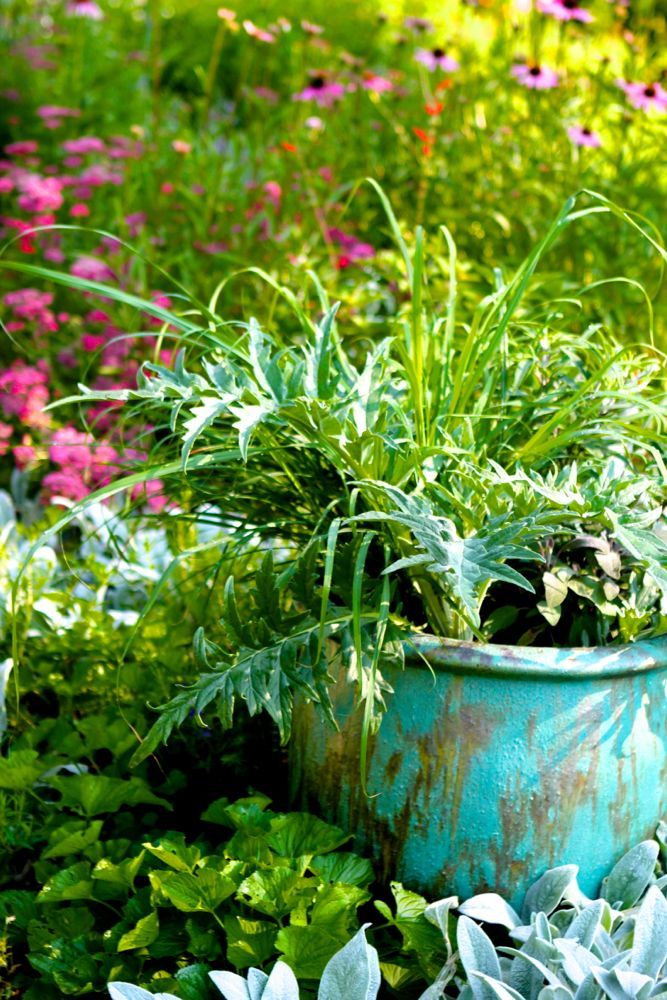
Also, don’t forget that herbs can serve as decorative elements in a container garden, adding texture and scent when mixed with annuals or perennials. Again, just be sure to pair them with plants that have similar needs, and make sure they won't choke out any other plants in the same container, as some herbs have vigorous growth habits.
The Spruce / Kara RileyChoosing a Container for Herbs
You can use almost anything for an herb container, as long as it has good drainage. Most herbs don’t have large root systems, so you can get away with relatively small containers. This is especially true of the herbs that don’t mind drying out between waterings. However, the smaller the container, the less soil there is. This means you have a smaller margin of error with too much or too little water.
Some herbs thrive in self-watering containers because they like a constant level of moisture. Plants, such as chives, parsley, marjoram, and mint, are particularly good candidates for growing in self-watering pots. Other herbs, including oregano, thyme, rosemary, and basil, prefer to dry out between watering, so they wouldn’t be good candidates for self-watering containers.
Other herbs, including oregano, thyme, rosemary, and basil, prefer to dry out between watering, so they wouldn’t be good candidates for self-watering containers.
Planting and Caring for Herbs
Help your container herbs thrive with the right soil, sun exposure, and fertilizer. Use a high-quality potting mix that allows for good drainage. This soil, paired with the drainage holes in your container, will help prevent accidentally drowning your herbs.
Moreover, most herbs need full sun for at least six to eight hours a day. That said, containers can really bake on a hot day. So if you live in a climate where temperatures soar, your container herbs might need to be shaded during the hottest part of the day.
Be careful not to overfertilize your herbs. Most herbs don't need much fertilizer, and some plants will simply die if they are overfed. Plus, certain herbs, such as thyme and oregano, thrive on neglect and often aren't as tasty if they are given too much food or water.
Harvesting Your Herbs
The rule of thumb for harvesting herbs is to snip and pinch back often. Consistent harvesting will encourage the plants to branch and fill out which, in turn, will increase your overall harvest. Always tailor your harvesting to the plant's growth pattern and avoid cutting more than one third of the plant during the growing season. For example, basil leaves should be harvested regularly, and the flower buds should be removed, but basil plants should not be cut back all the way.
The flowers and seeds of some herbs, such as chives and dill, are edible. The leaves of others including oregano and basil will lose flavor and become bitter if allowed to flower. Remember that once a plant flowers and goes to seed, the seasonal growth cycle for that plant will be complete and the plant will no longer put out new growth.
At the end of the growing season, you can bring many of your herb containers inside if you get lots of indoor sunlight. Some herb plants are easier than others to keep alive indoors during the winter, though it's worth a shot for all your container herbs.
Some herb plants are easier than others to keep alive indoors during the winter, though it's worth a shot for all your container herbs.
Finally, if you've grown more herbs than you can harvest for yourself, consider giving them as gifts. You can do themed herb container gardens, such as a "pizza" garden or an herbes de Provence container garden. Combine herbs and other edible plants in a pretty basket, or just pick a handful of herbs to put in a nice vase for an herbal bouquet. Many herbs like oregano, sage, rosemary and dill also dry well and can be kept in tightly lidded containers out of direct sunlight for use in cooking all year long.
The Spruce / Kara Rileycompactness and garden aesthetics. Photo - Botanichka
Lack of space, low productivity, unpretentious weather, unwillingness of plants to develop in open ground. Agree, rather unpleasant circumstances for both an experienced and a novice gardener. Do not give up in this case. Container gardening is a great and most convenient way to grow plants almost anywhere.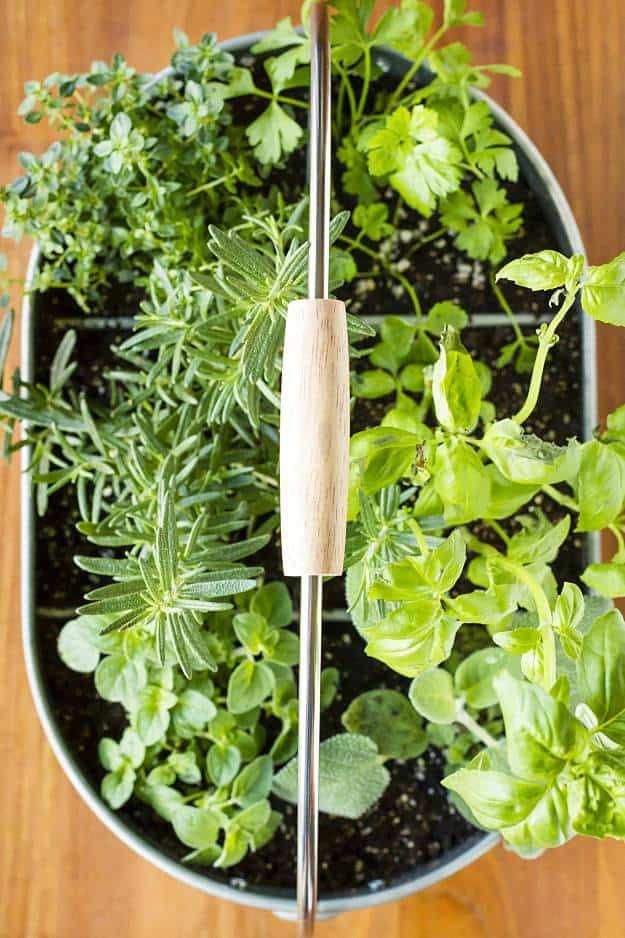 Many vegetable, fruit and berry and flower crops can be grown both on the street and in apartment conditions. A variety of planting containers can turn any corner of the garden into a real garden paradise.
Many vegetable, fruit and berry and flower crops can be grown both on the street and in apartment conditions. A variety of planting containers can turn any corner of the garden into a real garden paradise.
Advantages of container gardening
The use of soil by layering and enrichment of the soil with herbal supplements or organic fertilizers creates a nutrient medium for the growth and development of plants.
Elevated containers create a warmer microclimate for early planting when the ground is just starting to warm up after the snow has melted. Early planting will allow you to get an earlier harvest, including ahead of the onset of pest activity.
When watering a container garden, it is much easier to observe the degree of water absorption.
By using containers, it is much easier to store more moisture or, conversely, to make better drainage.
Using containers makes it much easier to retain more moisture or better drainageIt all starts small
A container garden must be well thought out and planned.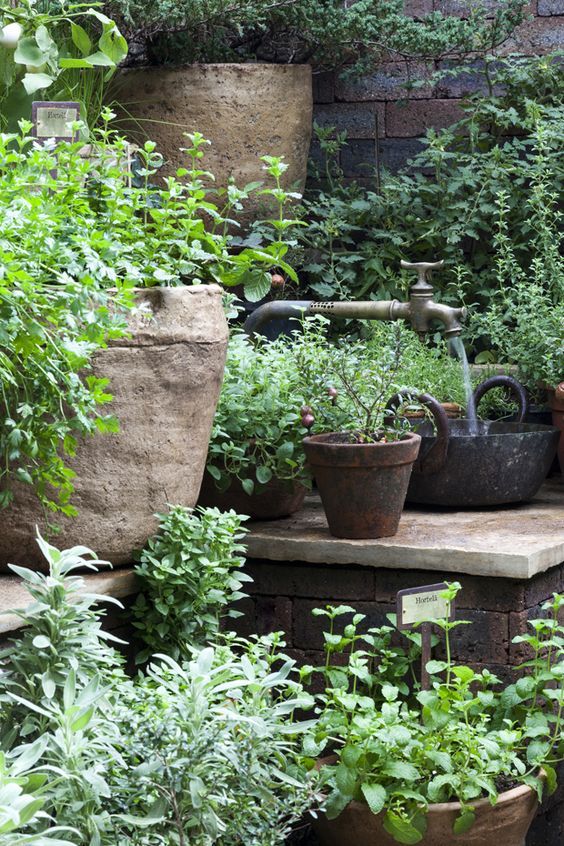 It is worth taking a walk in the garden and making a plan. Often, the increase in planting leads to disruption of the growth and development of the root system and the inability to care for them. Watch the movement of the sun, wind and rain. Plants are sensitive to sunlight in different ways. Sun-loving crops can grow in mass, and can also become stunted and more susceptible to disease when there is a lack of light.
It is worth taking a walk in the garden and making a plan. Often, the increase in planting leads to disruption of the growth and development of the root system and the inability to care for them. Watch the movement of the sun, wind and rain. Plants are sensitive to sunlight in different ways. Sun-loving crops can grow in mass, and can also become stunted and more susceptible to disease when there is a lack of light.
Shade-loving plants, on the other hand, can get burned, prevent flowering or wither in intense sunlight. Tall plants can interfere with short ones, or, on the contrary, provide the necessary shade.
Think vertically . Fences, railings, exterior walls or areas are all usable spaces. You can use hanging pots, trellises, stakes in containers, or you can get creative and repurpose non-traditional containers like gutters.
In container gardening , the soil environment is critical for plant growth and development. The organic mix and soil should be enriched with nutrients and minerals.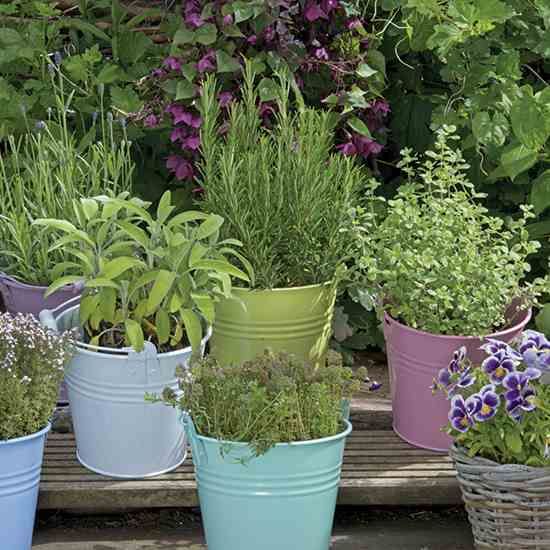
In order to keep the garden healthy and fruitful, it is necessary to provide constant watering . Watering can be done daily, or you can implement more efficient water consumption and distribution systems, such as drip or sprinkler. Vertical placement of containers will allow water to flow down, and rainwater collection zones will reduce the number of waterings.
Rapid growth and high yields are largely determined by the presence of pollinators . It is worth diluting the bulk of plantings with flower crops and plants that attract and keep pollinators nearby. Companions can be placed directly in containers with cultivated plants or arranged around in individual containers. A small garden with water, a basin for collecting rain or a bath for butterflies, bees and birds will add a special charm to the garden.
Container garden allows extend the growing season . Growing different plants at different times will allow you to rotate crops or make room for shelter during a cold rainy period.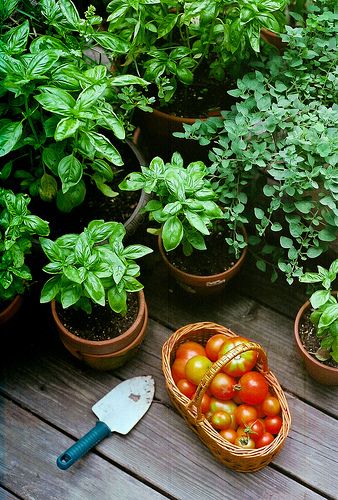 To protect against expected and unexpected weather changes, consider installing frames, awnings, or small protective structures.
To protect against expected and unexpected weather changes, consider installing frames, awnings, or small protective structures.
The off-season is a great time to enrich the soil with the nutrients and minerals needed to create an ideal environment for micro-organisms.
In container gardening, the soil environment is critical to the growth and development of a plant. To keep a container garden healthy and fruitful, constant watering should be ensuredFence, railings, exterior walls or areas are all useful spaces for creating a container gardenChoosing crops
Container gardening is versatile and allows for a wide variety of ideas. Cultures can be placed in individual containers, or diluted with companions. Seed material should be chosen taking into account zoning.
Ideal for container growing:
• Vegetables: beets and carrots, onions, peppers, potatoes, radishes, tomatoes, gourds (zucchini, pumpkin, cucumbers, squash, watermelons), cabbage
• Berries: blueberries, strawberries
• Legumes
• Greens and spices: arugula, bok choy, celery, chard, lettuce, mustard, spinach, dill, chives, basil, parsley
• Citrus fruits: lemons, oranges, tangerines, kumquats, limes
• Floral crops (ampel, bush and standard)
It is worth choosing mixed and complementary crops. Similar plants thrive in similar conditions: container depth and diameter, light, soil pH, pollination, water requirements.
Similar plants thrive in similar conditions: container depth and diameter, light, soil pH, pollination, water requirements.
Favorable companions will help to solve the problem with pests and attract pollinators. For example, marigold pots can be placed among vegetable crops.
Growing Strawberries in ContainersGrowing Lemons in ContainersGrowing Tomatoes in ContainersChoosing the right container
Nowadays, the choice of materials is very diverse: clay, wood, plastic, ceramic, cloth or burlap. Each has its own benefits. When choosing, it is worth starting not only from personal preferences, but also taking into account water and air permeability, volume for the comfort of the root system of plants. For dry areas, containers that hold water longer are better suited.
Smaller containers retain moisture less and require more watering. Wide containers allow for mixed plantings.
For example, for legumes, leafy greens, eggplants and root crops, containers from 20 liters, tomatoes - from 35 liters are suitable.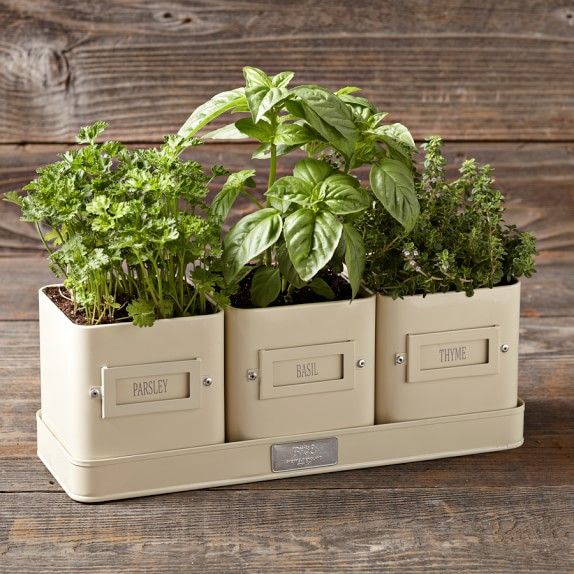 Cabbage and cucumbers will feel comfortable in containers with a volume of 3-4 liters per plant, peppers - 7-8 liters.
Cabbage and cucumbers will feel comfortable in containers with a volume of 3-4 liters per plant, peppers - 7-8 liters.
Pots come in a variety of colors, shapes, sizes, designs and materials. Finely textured glazed earthenware pots will add personality to a container garden as their sizes, designs, color schemes and patterns are quite varied. Pre-firing in a kiln makes them less susceptible to environmental influences, and the weight has the advantage of being a solid base for the plants, preventing them from blowing off or tipping over.
But for colder climates, proper storage is important: pots must be freed from soil and dried. Otherwise, they will become useless.
Also large ceramic and earthenware pots are quite heavy and require constant positioning.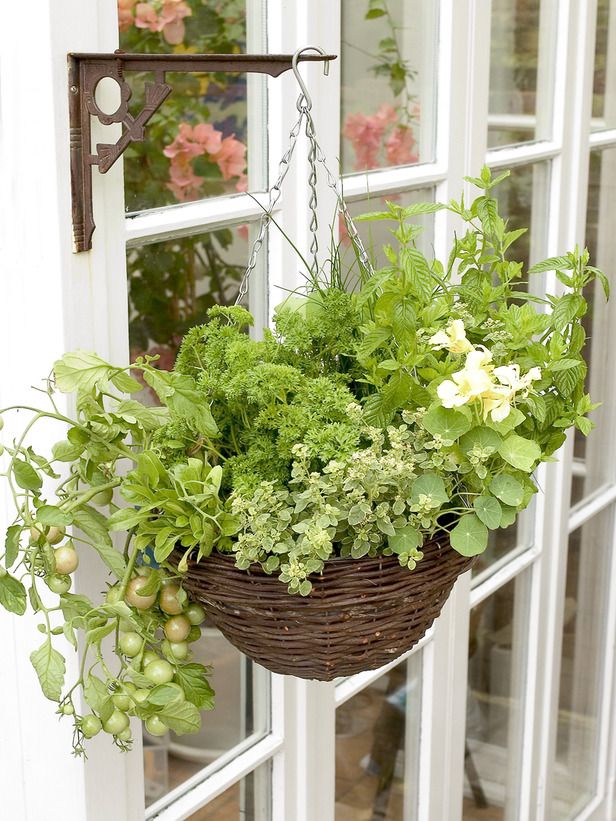 In hot climates, pots heat up faster in warm weather, increasing the risks of temperature shock.
In hot climates, pots heat up faster in warm weather, increasing the risks of temperature shock.
fabric grow bags or grow bag (textile breathable pot) are a great alternative to traditional pots. The breathable fabric structure provides freedom of root systems, faster plant growth, free air circulation and excellent drainage. They are also easy to store and move from place to place. The sizes of growbags are different, but as they increase, the final weight of the container also increases. When choosing, it is worth considering the strength of materials, their durability and ability to pass water.
Burlap is the simplest, relatively inexpensive and durable material that benefits the roots by improving the absorption of nutrients. The non-woven material does not allow water to linger, reducing the risk of overwatering, but at the same time, it can dry out the soil.
Terracotta Pots is a type of clay pot. They are usually brownish-red in color and vary in size. Unglazedness adds porosity to them. Moisture in such pots is absorbed both inside and outside the walls, so controlling the humidity when growing in terracotta pots can be difficult.
Unglazedness adds porosity to them. Moisture in such pots is absorbed both inside and outside the walls, so controlling the humidity when growing in terracotta pots can be difficult.
A tray or inner plastic insert will keep the water inside the pot. In regions with cold winters, terracotta pots should be stored upside down and covered.
For elegance or grandeur, use Concrete and Stone Planters . Various shapes, carvings, individual elements clearly reflect the style of the gardener. Such planters are considered semi-permanent additions to the landscape due to their heaviness and bulkiness.
In the absence of a drainage hole, their base is sprinkled with gravel. If the placement changes, then the most acceptable option is their glass fiber pots (fiberglass).
Structurally molded pots made from crushed glass, stone chips, sand and resin for added strength and lighter weight. Their affordability, durability, ease of storage and climate tolerance make them an optimal container.
biodegradable pots are a great choice for gardeners. The basis of such pots is pressed paper or coke coir (coconut husk). Grown plants can be planted directly in it without damaging the root system.
These pots are breathable, environmentally friendly and affordable. Coconut pots are stronger than pressed paper counterparts, but they both break down over time, enriching the soil.
Wooden containers add naturalness to the garden landscape. They are easy to assemble and can be made from recycled wood materials, raw lumber or finished wood. These containers are durable and can withstand various climatic conditions. For edible crops, raw wood containers are preferred.
Depending on the type of wood, the life of the planters is extended, but their durability is very relative, since untreated wood is susceptible to decay.
Metal planters are incredibly strong but very hard to use. Cast iron pots are quite heavy, while tin and aluminum pots are durable and more practical in weight.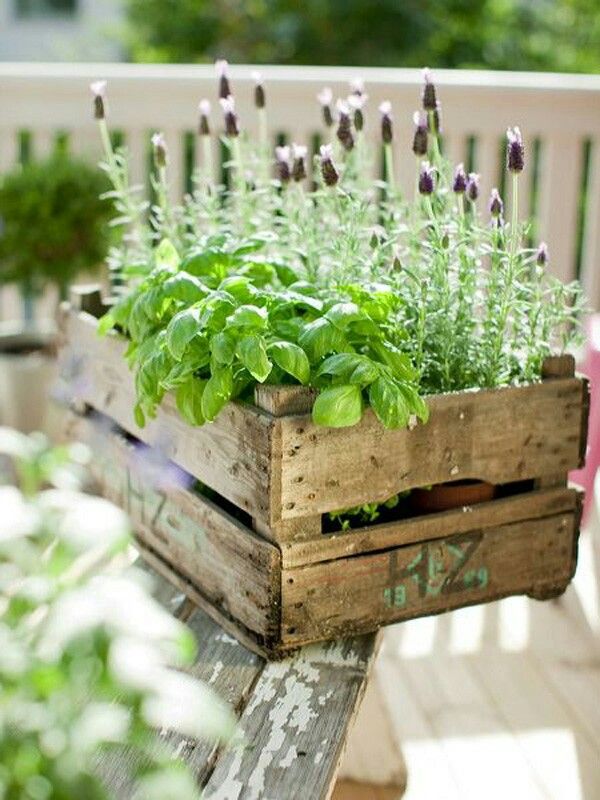 Such pots should have a drainage hole or gravel bottom.
Such pots should have a drainage hole or gravel bottom.
Plastic garden containers are easy to use, versatile in size and texture, and visually appealing. Lighter weight containers are easily moved in the shade and in the sun. In winter, such containers should be freed from the ground and stored in a cool, dry place. They are quite durable, but still fragile, easily subject to cracking and fading.
Fabric grow bags or grow bags are a great alternative to traditional pots. Breathable fabric structure allows freedom of root systems. Plastic garden containers are comfortable to use, versatile in size and texture and visually appealing. Wooden containers add naturalness to the garden landscape. Such containers are durable and withstand the impact of various climatic conditionsPlanting Rules
Regardless of the crop chosen, each container must have a drain hole. To improve drainage, it is worth using a bottom layer of crushed granite, gravel, river or sea pebbles from 2-3 cm high. A container without holes is best used as a cache-pot or an external decorative pot.
A container without holes is best used as a cache-pot or an external decorative pot.
Next, the container is filled with potting mix. The use of ready-made soil allows you to create optimal conditions for growth and development, to ensure the breathability of the roots. If the soil is prepared independently, then it is worth enriching the garden soil with fertilizers and organic matter in a separate container, and then filling the containers. Do not fill containers with soil to the top.
The soil must be moist before planting or sowing, fertilizers are mixed with the soil before watering to avoid burning the roots or seeds. The roots of plants should be covered with a sufficient layer of soil, but the seeds should not be buried too deep.
Container gardening requires more nutrition, so don't forget to fertilize.
Fertilizers are added to the soil before planting or to the soil around the plant with mandatory incorporation and watering. The frequency of fertilization depends on the type of plant being grown. If the plant becomes crowded, its root system is intertwined and completely fills the container, the culture should be transplanted into a larger container.
If the plant becomes crowded, its root system is intertwined and completely fills the container, the culture should be transplanted into a larger container.
Prevention of container inhabitants
When growing in a container, it is worth remembering that crops are in a limited state. It is worth inspecting the plants daily. One of the first indicators of the health and prosperity of a plant is its foliage.
Lack of drainage or excessively moist soil, nitrogen deficiency, or aphids snug on the underside of leaves can cause foliage to turn yellow. To solve the problem, it is worth reducing watering or increasing the holes in the bottom of the container. During the leaf growth stage, a fertilizer with a high nitrogen content should be used. The insecticidal soap or aphid control used should be environmentally friendly.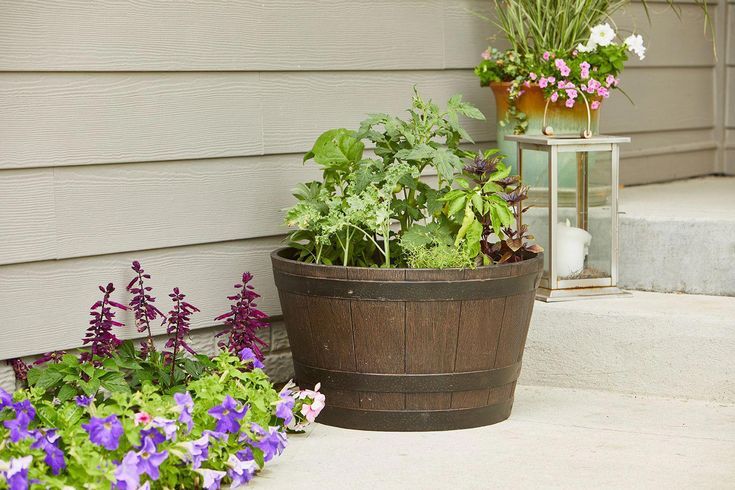
Too much sunlight, overheating, lack of water or hydration can cause leaves to wilt and turn brown.
Plants should be provided with cover or daylight, increase watering depth, and decrease frequency. Brown and crispy leaves should be completely removed.
Powdery mildew leaves a white cobwebbed coating, rust leaves orange to rusty brown, brownish yellow, purple and red spots, spider mites leave tiny pale spots or cobwebs, thrips leave silvery or bronze streaks. Plants should be sanitary pruned, providing air flow. Watering should be done under the root, water should not fall on the leaves. Affected leaves are removed and an organic fungicide is used to treat and prevent the subsequent spread of mold and mildew. An insecticidal soap should be used to control thrips and mites.
If the plant sheds leaves, stops flowering, then sunburn occurs. Extremely high outside temperatures, a lot of direct sunlight, and the wrong container material or color can lead to heat stress.
Containers should be moved to a shady or fabric cover, light planters should be used instead of dark ones, fabric, wood or fiberglass should be preferred materials.
Slow growth, wilting and yellowing or darkening of the leaves, deformation or cracks in the container, protruding roots indicate strong root entanglement. The plant outgrows the container, receives less nutrition and moisture, the roots drown out the plants. It should be transplanted into a larger container, a felt growing bag provides better air circulation.
Before transplanting, loosen the root ball, add fresh soil and organic fertilizer to provide the necessary nutrition.
Helpful Hints
- Feeding should be started every two weeks
- Mulch the top layer of the container at a distance of half a centimeter from the stems of plants to preserve moisture
- The soil should be changed every season, in large containers the top layer is replaced;
- In winter, ground should be cut in dry sealed containers
- To check if the plant needs to be watered, dip your finger into the soil up to the second joint.
 If soil feels dry at the fingertips, water
If soil feels dry at the fingertips, water - In a very warm and dry climate, wilting is quite common and expected, but if wilting continues the next morning, then this indicates a problem with the plant
- Leave enough space between plants to allow air to flow and reduce the spread of disease through cross-contamination
- To eliminate a large population of insects or pests, cover the container with a net and put garden healers, such as ladybugs or lace , inside
- Infusions of onion, garlic, cayenne pepper or mint can be used as sprays, but only around plants, avoiding contact with them
With proper care, container gardening can be a great alternative or addition to traditional farming, open up new opportunities for growing exotic crops, and enjoy the harvest all year round. Beautiful containers and well-groomed and healthy plants provide an attractive, well-kept and aesthetic garden or patio.
Vertical landscaping in landscape design
Vertical landscaping refers to the landscaping of an area with climbing plants or clipped trees . This technique of landscape design has been known since ancient times, the first mention of the use of vines is contained in the description of one of the "seven wonders of the world" - the hanging gardens of the Assyrian ruler Semiramis (IX century BC), which looked like stepped terraces entwined with climbing roses.
This technique of landscape design has been known since ancient times, the first mention of the use of vines is contained in the description of one of the "seven wonders of the world" - the hanging gardens of the Assyrian ruler Semiramis (IX century BC), which looked like stepped terraces entwined with climbing roses.
Creepers in vertical gardening
Creepers are the most flexible of plants, they are equally indispensable both in urban conditions with monotonous dense buildings and an abundance of asphalt, and in small six-hundred plots, where there is always not enough space for planting the next acquisition. Creepers can inhabit a variety of tiers of the garden, rising to a height of up to 25 m, or, on the contrary, serve as ground cover plants. They have long flexible stems and, unlike trees and shrubs with a certain crown, are able to take the most intricate shapes in accordance with the structure of the support or the surface topography.
Among the vines there are annual and perennial plants, the latter are divided into herbaceous (the stems of which die off annually) and woody (the stems become woody and live for many years). The characteristic features of the vines are the slight thickness and flexibility of the stem, unable to maintain a vertical position without support, as well as the ability to grow intensively (up to 15 cm per day in some vines). Growth characteristics determine the high requirements of vines for soil fertility, moisture and light, but some feel better in partial shade (actinidia kolomikta, girlish grape five-leafed, Chinese magnolia vine, round-leaved wood pliers, Japanese Dioscorea) and even full shade (curly aconite, hops, large-leaved aristolochia, round-leaved wood pliers, bittersweet nightshade) . The most unpretentious and undemanding to the soil are golden honeysuckle, honeysuckle, Telman, Gekrotti, Daurian moonseed, bittersweet nightshade, girlish grapes, fluffy calistegia .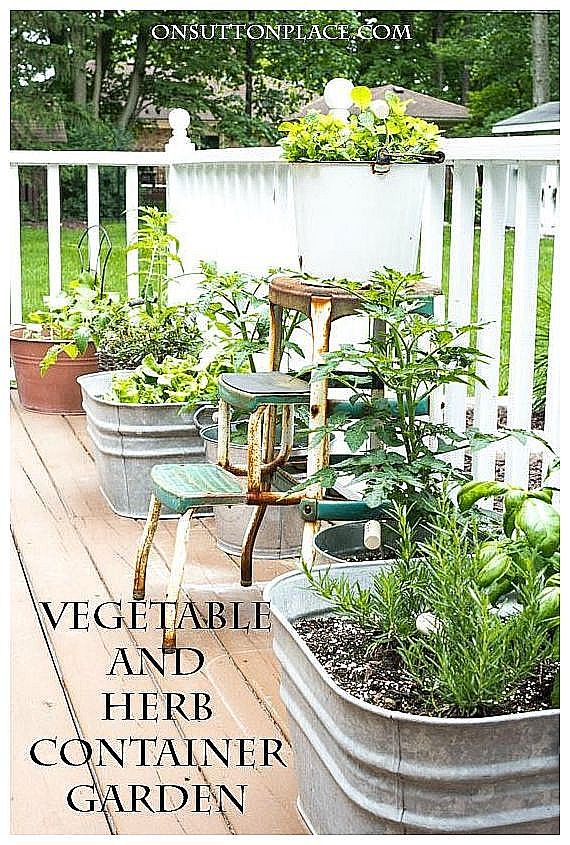
Lianas are indispensable in the development of a new land plot, when construction work has not yet been completed, an orchard has not been planted, and there is no way to plant flower beds. The first thing to start with is hedge vines. It will always come in handy, no matter what material your fence is made of - wooden, stone or forged - in any case, the fence will acquire lightness and grace. A hedge is usually created from perennial woody vines, but if the goal is to quickly achieve a decorative effect, the choice will not be so great. Among perennial vines suitable for use in the conditions of the Moscow region, there are few really fast-growing ones, for example, honeysuckle, large-leaved aristolochia, girlish grapes and Amur, from grassy - hops, fluffy calistegia . Other species grow rather slowly in our zone, especially in the first years. Therefore, at the first stage, you can use either annual vines, or combinations of different types, for example, non-flowering perennial vines with flowering annuals. girlish grapes with hops, morning glory or ornamental beans will look spectacular.
girlish grapes with hops, morning glory or ornamental beans will look spectacular.
A climbing hedge can be used not only to mark the boundaries of the plot, but also for separating functional areas - recreation area, utility area, vegetable garden or to create the so-called green rooms, very popular in regular French gardens. This purpose is served by garden screens (screens, trellises) , created from low vines on supports in the form of lattices made of wood, plastic nets, weaving from willow and walnut twigs. In creating such a screen, you can use one type of creeper, for example, clematis, climbing roses, codonopsis clematis, foreign nasturtium, morning glory, adlumia, kobeyu . You can combine two varieties of climbing roses that are in harmony in color - white and pink, for example. And you can turn a long wall into a collection area clematis, princes, climbing roses or honeysuckle , not very correct in terms of color, but visual. A favorite technique of some English designers is the joint planting of climbing roses and clematis .
A favorite technique of some English designers is the joint planting of climbing roses and clematis .
When choosing varietal clematis, do not try to get the most large-flowered or double - such forms are inferior in the abundance of flowering. It is better to choose varieties that have proven themselves in our zone, blooming profusely on the shoots of the current year - Gypsy Queen, Niobe, Ville de Lyon, Space Melody, or use species clematis - Tangut, vine-leaved, saw-leaved and their varieties ; princes alpine, large-leaved, okhotsk, siberian , wintering without shelter and removal from support.
If the area of the site allows, you can arrange an original screen in the form of a "rope alley". To do this, poles made of roughly processed wood are interconnected with sagging ropes (or chains) and twined with lianas, for example, climbing roses, as in the famous Bagatelle garden in France.
For a country-style garden figured pumpkin is good, forming lush greenery and very decorative fruits of various shapes. If you are lucky enough to purchase planting material, exotic representatives of the pumpkin family are also suitable for this purpose - annual anguria, momordica, melotria or perennial tladianta, growing in a season to a height of 5-6 m and dying off for the winter. Or legumes - dolichos, ornamental and asparagus beans, peas .
Creepers planted near the walls of buildings not only decorate the building, but also protect the walls from excess moisture and overheating, prevent dust from penetrating inside, create a favorable microclimate, purify the air and saturate it with oxygen and phytoncides.
There are creepers with large leaves of different structure or color, decorated with fruits at the end of the season, allowing you to get the effect of a living tapestry when decorating walls:
Amur grape has two types of leaves - whole and 3-5-lobed, by autumn acquiring a beautiful purple color. In September - October, delicious blue-black berries ripen in racemes up to 25 cm long.
In September - October, delicious blue-black berries ripen in racemes up to 25 cm long.
Parthenocissus has large, palmately dissected leaves that have a bright raspberry-violet color in autumn. This vine is able to attach to any surface, up to glass (f. engelmanii). Gives an annual growth of up to 3 m and covers up to 20 m in adulthood 2 vertical surface.
There are also winter-hardy varieties of cultivated grapes suitable for growing in the Moscow region on the southern walls of houses or fences. Some can even winter without shelter - "Alpha", "Guna", "Zilga", "Isabella", it is enough to remove them from the support and put them on the ground.
. It blooms with white fragrant flowers and gives very tasty healthy fruits with a high content of vitamin C. There are productive fruit varieties that give up to 5 kg of berries per plant. Able to grow to the height of a two-story house (10-15 m).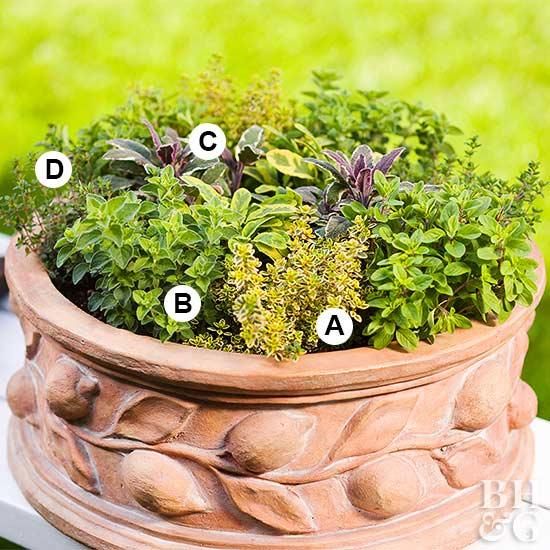
Another species - Actinidia polygamous , during flowering and fruiting has a silver-green shade of foliage, before flowering it is covered with white spots, and turns yellow by autumn. But this species is less winter-hardy in our zone. Yes, and orange fruits, reminiscent of peppers with a pointed nose, do not always have time to ripen.
Round-leaved tree plier can decorate the entrance to the house with its large leathery, bright yellow leaves in autumn, and decorative yellow-orange fruits. This powerful fast-growing vine rises to a height of 10-12 m. , columns, obelisks, pyramids , varied in the form of arches and pergoles , arbors and pavilions , almost forgotten newspaper (or Belvederes ). Here you can show your imagination, taking into account, of course, the biological characteristics of each plant - the requirements for illumination, the method of attachment to the support. A pergola or arch can be the dominant flower garden, or it can adjoin the house, decorating the entrance. A series of such structures can accompany the passage from one part of the garden to another, close ugly places in the garden from view.
A pergola or arch can be the dominant flower garden, or it can adjoin the house, decorating the entrance. A series of such structures can accompany the passage from one part of the garden to another, close ugly places in the garden from view.
Other supports for vines can be used - retaining walls, stone structures, figured wire supports and even garden sculpture. And, on the contrary, the simplest ones are a stone, a dried tree or a high stump. Some creepers will successfully grow in the crown of aging trees - short-tailed clematis, Siberian prince. Moonseed Daurian will fill the spaces between trees and shrubs. Green curtains of vines provide an excellent backdrop for planting perennials. It is good if the created vertical is supported by several plants with tall inflorescences - delphinium, liatris, foxglove, buzulnik, veronicastrum, mullein, loosestrife. A little further away, for contrast, it is desirable to place perennials with a loose, falling apart habit - cuffs, daylilies, wormwood, catnip.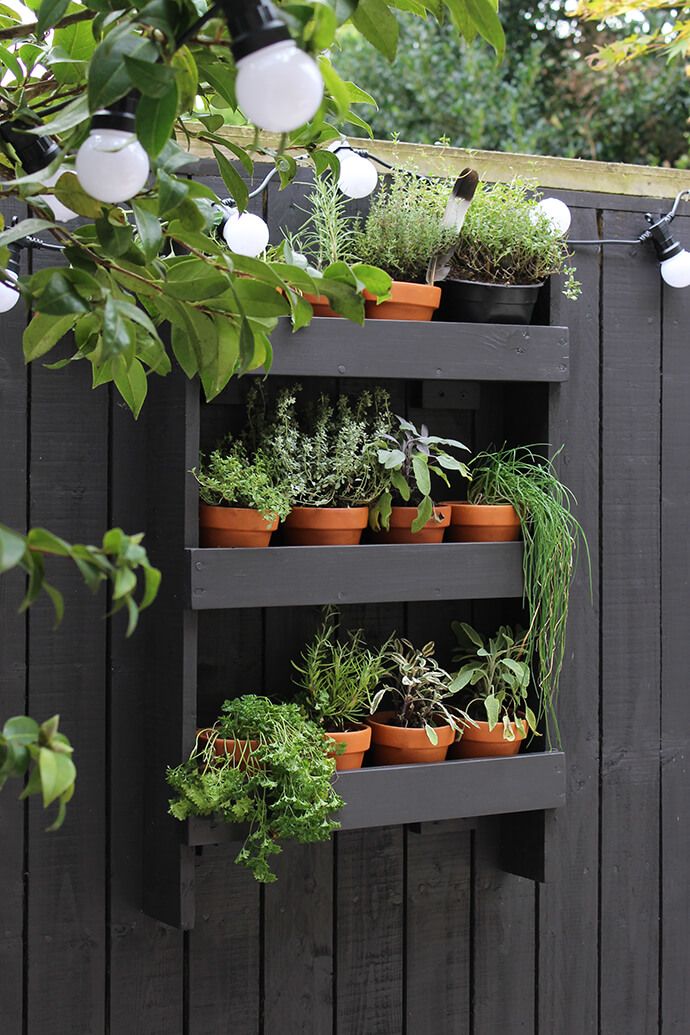
The range of vines for vertical gardening can be expanded with a substitution crop, which is suitable for non-wintering buckwheat in our country , Kampsis rooting and large-flowered, Japanese spindle tree rooting, jasmine-like trachelospermum, ivy . It is only necessary to provide conditions for the winter maintenance of plants - a bright room with a temperature of +5 ... +12 0 C, moderate moisture and additional illumination in early spring. In summer, the containers are placed in the garden, on the balcony or terrace, the lashes are attached with a cord or clips to the support.
Container plants in vertical gardening
Vertical gardening with ampelous plants is in great fashion today. These can be boxes, hanging planters made of plastic or coconut fiber, which will decorate a balcony, window openings, a porch at the entrance to a house, a terrace, an arbor, a lamppost.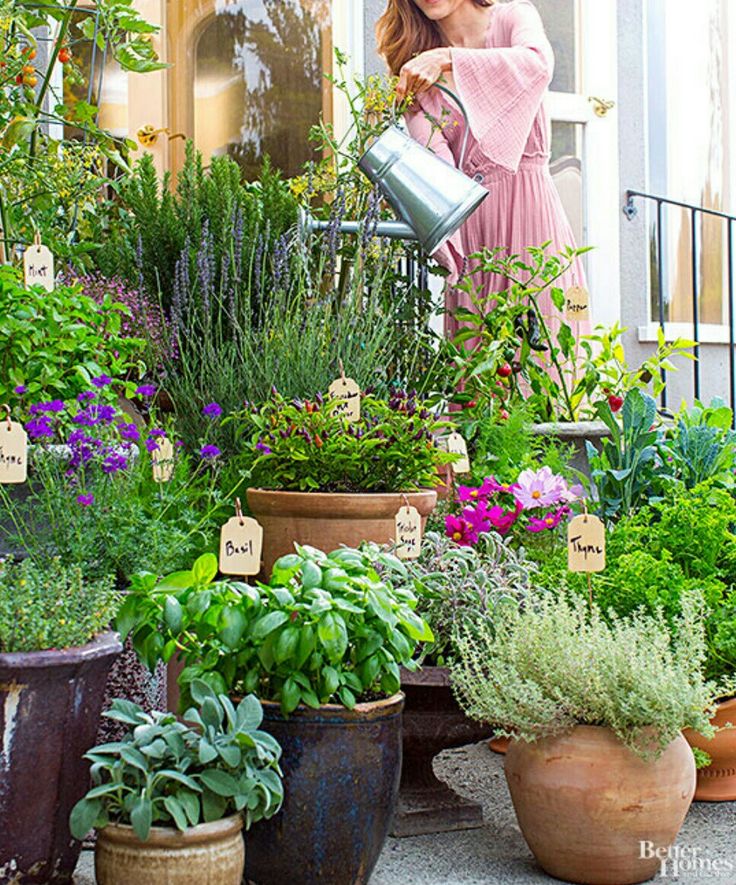 Standing high flowerpots can serve as a vertical accent in one of the corners of the garden or decorate the patio.
Standing high flowerpots can serve as a vertical accent in one of the corners of the garden or decorate the patio.
What can be planted there? Along with the well-known ampelous varieties of pelargonium, fuchsia, begonia, petunia, lobelia, nasturtium , many new plants for vertical gardening have appeared: hybrid forms of petunias - surfinia, caliberchoa, fortunia ; not yet common bacopa, diascia, nolana, bidens, scaevola . Ipomoea, bindweed, quamoclite, cardiospermum are increasingly used in hanging baskets.0191 . Combinations of several types of plants with different leaf plasticity, contrasting or, conversely, close coloring of flowers can be very effective. But you should not allow excessive variegation, it is better to limit yourself to 2-3 shades. An excellent addition to brightly flowering plants will be dichondra with silvery leaves or more familiar as indoor plants ivy or variegated chlorophytum , as well as low-growing varieties amaranth with long hanging inflorescences of red, pink or green.
Supports can also be used when growing plants in containers. They are easy to make from wire in the shape of a ball, heart or a simple figurine. On such a support, loaches or ivy will be comfortable. Winged Thunbergia can be content even with a low pole stuck in the center of the flowerpot.
New in container vertical gardening are hanging flower towers and vertical flower beds , which are containers with plants arranged in tiers. Vertical flower beds can be made of concrete, plastic or stainless steel. Such structures are more often used in urban landscaping, but if you manage to organically fit a bulky flower bed into your garden, it will be possible to create unique vertical compositions from annuals every year.
Container plants must be drought and wind resistant.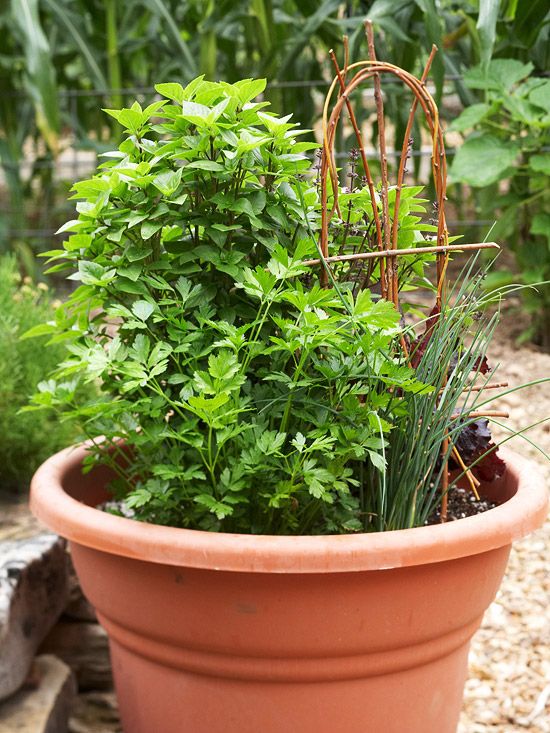 Since they have to develop in a limited amount of substrate, special requirements are imposed on its quality: it must be sufficiently moisture-absorbing and rich in nutrients. Moisture capacity can be increased by adding loam, as well as adding hydrogel or zeolite. Mineral fertilizers are best applied at planting in the form of long-acting granules, otherwise they will have to be given in liquid form on a weekly basis. Organic fertilizers should not be carried away - some plants, developing a large vegetative mass, bloom worse.
Since they have to develop in a limited amount of substrate, special requirements are imposed on its quality: it must be sufficiently moisture-absorbing and rich in nutrients. Moisture capacity can be increased by adding loam, as well as adding hydrogel or zeolite. Mineral fertilizers are best applied at planting in the form of long-acting granules, otherwise they will have to be given in liquid form on a weekly basis. Organic fertilizers should not be carried away - some plants, developing a large vegetative mass, bloom worse.
Trimmed trees in vertical gardening
In addition to vines, trees and shrubs with a given crown shape successfully perform the function of vertical space exploration.
With trellis hedges, you can create no less decorative living walls than vines. They are single-row plantings of tree crops, formed on supports - trellises by targeted shearing in the form of a narrow wall. The best material for a trellis fence are willows, pears, apple trees, elms, laxative buckthorn, hawthorn, raspberries.
The best material for a trellis fence are willows, pears, apple trees, elms, laxative buckthorn, hawthorn, raspberries.
However, the most classic method of forming an artificial plant shape is topiary (curly) cutting trees and shrubs. For topiary shearing in our area, elms, lindens, Tatar, red and field maples, mountain ash, bird cherry, apple berry, hawthorn, viburnum, privet, three-lobed almond, golden currant, barberry, honeysuckle can be used. Of the conifers - thuja western, common junipers, tall, virginian, yew berry. To create complex figures, tree species with small leaves and dense branching are selected; boxwood, widely used in European and southern countries, meets these requirements in the best way. In our country, the dense and plastic, but not stable boxwood, is mainly replaced by the western thuja and its forms.
Recently, the classic topiary art all over the world is giving way to a new direction - the creation of figures from annuals or vines on a wire frame.



